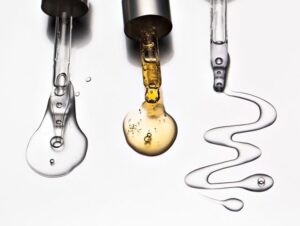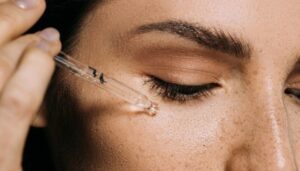As more and more skincare ingredients prove they’re some miracle tools to fight acne, age spots, uneven skin tone, or wrinkles, so do acids.
You may think about some bubbling test tubes in a lab, but the acids we’re going to discuss aren’t scary at all. Using them at the proper concentrations, acids are some of the best ingredients available in skin care.
Remember to discuss with a specialist first what is best for your skin.
Here is what you need to know.
PHA (Polyhydroxy Acids)
PHAs are somehow similar to AHAs, thanks to their fantastic moisturizing and antioxidant properties.
These acids can gently exfoliate dead skin cells and efficiently boost product penetration in your skin. The best part is that PHAs don’t make your skin sensitive to the sun.
Lactic Acid

Lactic acid is way gentler than water-soluble glycolic acid, which is fantastic for your skin. This acid can efficiently moisturize your skin, proving to be excellent for sensitive skin.
It can exfoliate and hydrate your skin simultaneously, offering a great glow. However, it’s better if you discuss it with a specialist first. Lactic acid is not recommended if you have eczema-prone skin.
Mandelic Acid

Mandelic acid is an oil-soluble acid that fights congestion in the pores to reduce breakouts, eliminate dead skin cells, and lighten pigmentation. How cool is this?
The acid also has a large molecular structure, and it’s way gentler than active glycolic acid.
Fruit Acids

These acids are a form of AHAs, usually found in masks, serums, and peels. Fruit acids can efficiently brighten the skin’s surface, but only if you use them alone.
Tranexamic Acid

This acid does its job best if only used for improving skin discolouration because it can reduce pigment production in melanocytes (some skin cells that are very active in melasma pigment production).
Discuss first with a board-certified dermatologist about how you can use tranexamic acids. So far, studies have shown that these acids are safe for long periods of use.












Leave a Reply